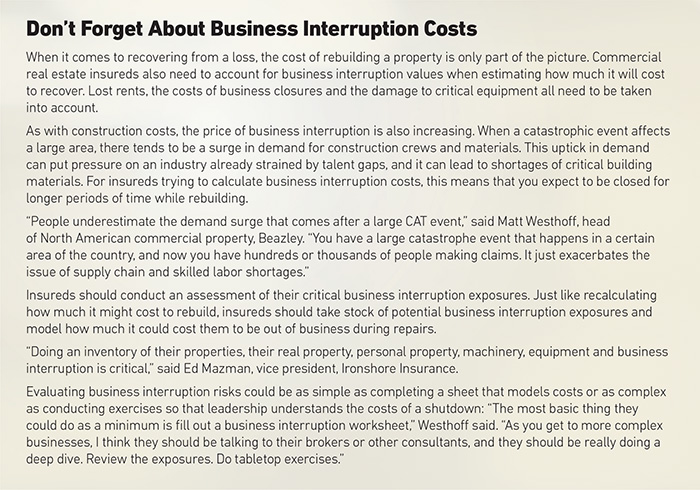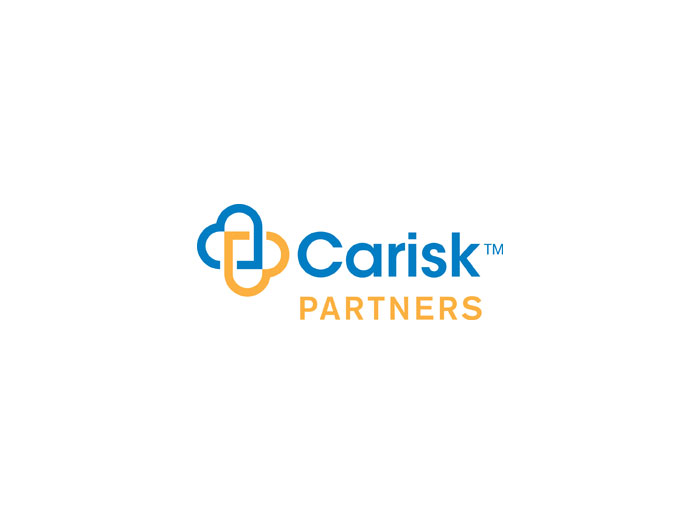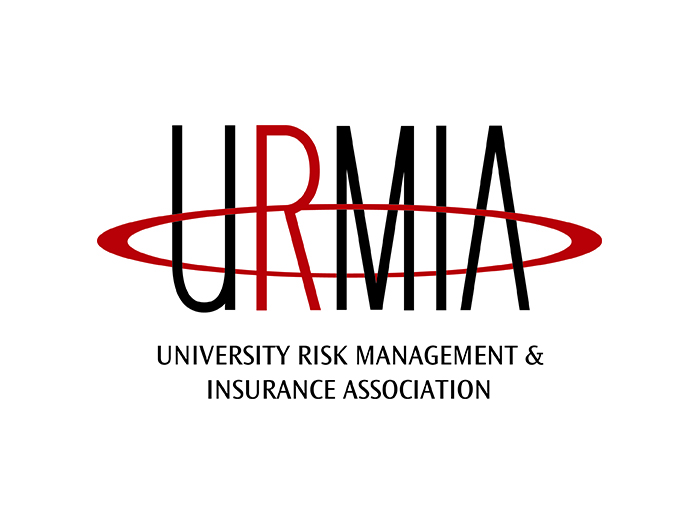Getting Your Property Valuations Spot-on Is More Critical Than Ever. Just Ask Your Reinsurer
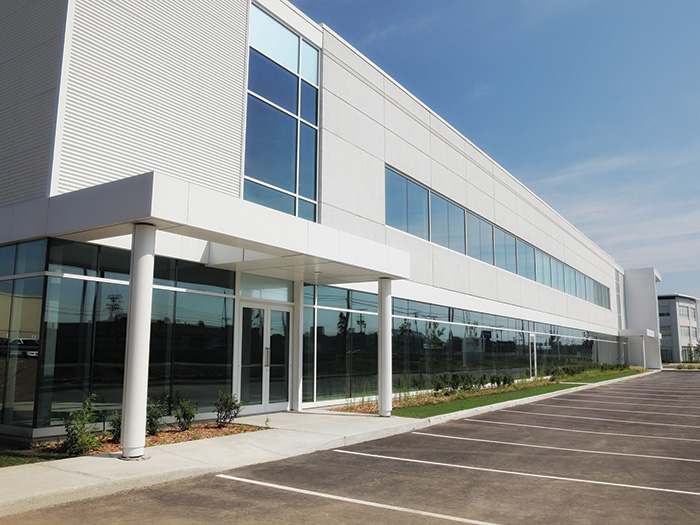
In October 2017, wildfires burned much of California’s wine country. The flames spread over vineyards, destroying crops and threatening nearby tasting rooms and operational buildings.
Many fled, hoping to save their lives, if not their livelihoods. But Larry Chasin, CEO of PAK Programs, a specialty insurer that offers policies for vineyards, wineries and breweries, headed toward the blaze. He wanted to speak to as many insureds as possible, letting them know the carrier would be there for them as they filed claims to try to recover at least some of what was lost.
Insured losses from the event totaled more than $3.3 billion, according to CNBC, but not all of the wineries and vineyards Chasin worked with had enough coverage. Some had purchased aggregate covers, assuming that nothing could destroy all of the tasting rooms, production facilities, agricultural properties and even residences on their property. Others struggled when they learned that the amount of insurance they’d purchased wasn’t adequate.
“In the past, there’s been this sentiment: What could ever happen to all this at once?” Chasin said. “Now, everybody knows somebody who lost everything
at once.”
The issue of inaccurately valued properties may have affected California commercial real estate holders in 2017, but in the ensuing years, it has spread across the country. Rebuilding costs today are often much higher than insureds have estimated on their statements of values (SOV), and sometimes the gaps
are massive.
“There is a huge loss right now in Naples, Florida, where a five-star hotel was reported at about $100 million and change, and the current loss is north of $300 million,” said Alexandra Glickman, senior managing director and global practice leader, real estate and hospitality, Gallagher.
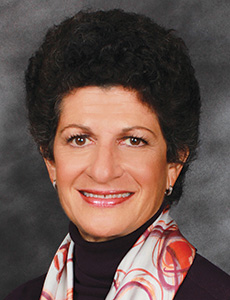
Alexandra Glickman, senior managing director and global practice leader, real estate and hospitality, Gallagher
Reinsurers have taken note and are now pressuring the industry to correct these kinds of costly mistakes.
“The industry has seen a significant improvement in valuations over the past two years. It’s not perfect,” said Neal Zonfrelli, chief underwriting officer, property, at Liberty Mutual. “There’s still some barriers, but there has been an improvement overall from a building valuation perspective.”
Old Reliable: Using a Valuation Service
When it comes to detecting property valuation issues before a claim occurs, insureds and their brokers shouldn’t underestimate the value of common sense.
“The agents and brokers are dealing with property appraisals month in, month out. They regularly work with their insurance carrier to compare the reported limits against third-party valuation estimates,” said Ryne Carney, head of large property with The Hartford.
That was the case for 2023 Real Estate Power Broker finalist and Rising Star Jonathan Naranjo, senior vice president and national real estate practice leader for Newfront Insurance.
While working with a client with a multibillion-dollar portfolio of habitational properties, he noticed the average estimate for rebuilding posts came in at around $100 per square foot. For luxury condos and high-rises in gorgeous waterfront cities like San Francisco, Beverly Hills and Marina del Rey, that number didn’t appear accurate.
“What are you building or rebuilding at $90 a foot in today’s environment?” Naranjo said. “You can’t even build a Tuff Shed for that.”
Naranjo worked with the insured’s carrier to use a desktop valuation service to estimate the costs of rebuilding the properties in the portfolio. Designed by two engineers, the resource used Google maps imaging, satellite tools and public records in addition to traditional desktop valuation methods to calculate blended averages for the client’s portfolio, increasing the estimated cost to rebuild to around $300 per square foot.
“Thank goodness we did that then, because if we had to take those undervalued assets and now right-size them in today’s environment, that increase would have been even more substantial,” Naranjo said.
Glickman, too, has had success using desktop valuation tools to accurately value an insured’s portfolio. After noticing a major gap between the Marshall and Swift projections and the values her client reported, she worked with them to adjust properties that were severely underinsured while maintaining the current values for those that were more accurate.
“I think good brokers have to discuss this with their clients six months out, eight months out of a renewal. This is not going away, and frankly, it’s the right thing to do,” Glickman said.
Takeaways: Desktop valuation tools are a respected and reliable way to determine accurate valuations. Insureds with large real estate portfolios can use these systems to conduct insurance appraisals in a cost-effective manner.
Carriers and brokers recommended using desktop valuation tools at least once per year, though “when you use one of those platforms, you’ve got to make sure that the inputs are as correct as possible,” said Steve Jennings, senior vice president of underwriting for AmTrust.
“You can get wildly different results depending on all of the different options for input.”
Third-Party Appraisers Accurately Value Unique Features
Desktop valuation services are effective, but they can struggle to value properties with unique features. Historic properties, especially those on local or national registries and those with uncommon construction materials, can cost more to make whole than a newer, similarly sized property. In these cases, working with a third-party appraiser who can evaluate the property in person can help correct any gaps between the number on an SOV and the true rebuilding costs.
“Things like historical structures or very, very ornate construction is where insurance appraisal firms can really show their value,” Carney said.
James Murphy is a senior vice president with Marsh and a 2023 Real Estate Power Broker.
One of his clients has a number of historic buildings, some of which are more than 100 years old. Ahead of a recent renewal, Murphy recommended the client work with a specialized appraisal team to determine what the costs would be to repair or replace the buildings in the event of a claim. Some of the assets in question hadn’t been appraised in many years.
“We engaged with them and spoke to them early, and said, ‘Ahead of your renewal, we think it could be beneficial for you to request a specialized appraisal team to come in and see what the replacement cost of this asset would be,’ ” he said.
Murphy and his client identified which of the buildings had similar construction and were built during the same time period in the same geographic region. Then, they worked with a third-party appraiser to evaluate one or two buildings from each of the groupings and used those values to model the replacement cost of other similar assets.
“We worked with them over the course of several weeks to identify how much it would cost to replace that building,” Murphy said. “They were thrilled with the results.”
Takeaways: Third-party appraisers play a critical role in accurately valuing historic and unique assets, but selecting the right professional matters when it comes to determining rebuilding costs. These evaluations can be conducted less frequently, say every three to five years, so long as insureds use desktop valuation tools to update their estimated costs in the interim.
“Sometimes, it’s helpful to have an additional resource for the client, such as a third-party appraiser, who is brought in to appraise their properties,” said Ed Mazman, vice president, Ironshore Insurance.
“I would suggest partnering with a local construction company or two,” added Andy Hendrix, executive vice president, E&S property, at Westfield Specialty. “This partnership and knowledge could help reduce premiums or provide certainty that, in the event of a large loss, the insured knows they will be fully indemnified, as their reported values track closer to the true replacement cost.”
Bringing It All Together: How Technology Can Supplement Appraisals and Valuation Services
After the 2017 fires, Chasin and PAK Programs’ risk management team started walking its clients’ properties and flying drones to create orthomosaic maps of the landscape so they could then calculate accurate property values using desktop services based on the newly collected data.
“It puts us in a really strong position to capture the most amount of accurate data,” said Justin Guerra, risk management specialist with PAK Programs. “It all starts with clear data … The better data we have, the more accurate the estimate we can make in the long run.”
They found that many clients had added or repurposed buildings, shifting the amount of insurance they’d need to purchase to be fully covered in the event of a loss. “It becomes really awkward when you get the agent, the policyholder and us in a room, and we’re like, ‘Well, the building isn’t even on the policy.’ Our hands are pretty tied,” Chasin said.
As a specialty carrier, PAK Programs offers these services to its insureds, but third-party appraisers are also turning to technologies like drones to better estimate values and understand exposures.
Whatever tools an insured uses, it’s important to communicate the methodology to carriers so they can be assured that everything is accurate.
“We want to understand their methodology. We want to understand how they come up with their values, what they’re dealing with,” said Matt Westhoff, head of North American commercial property, Beazley. “We love having those conversations and we think that it helps us understand the risk much better.”
Many of PAK’s clients appreciated these services: “It turned out that the CFO [of one company] had lost his house in one of these fires a few towns over,” Chasin said.
“He really understood the crux of the problem and appreciated the fact that we were taking the time, at our expense, to make sure that we had it right.” &

